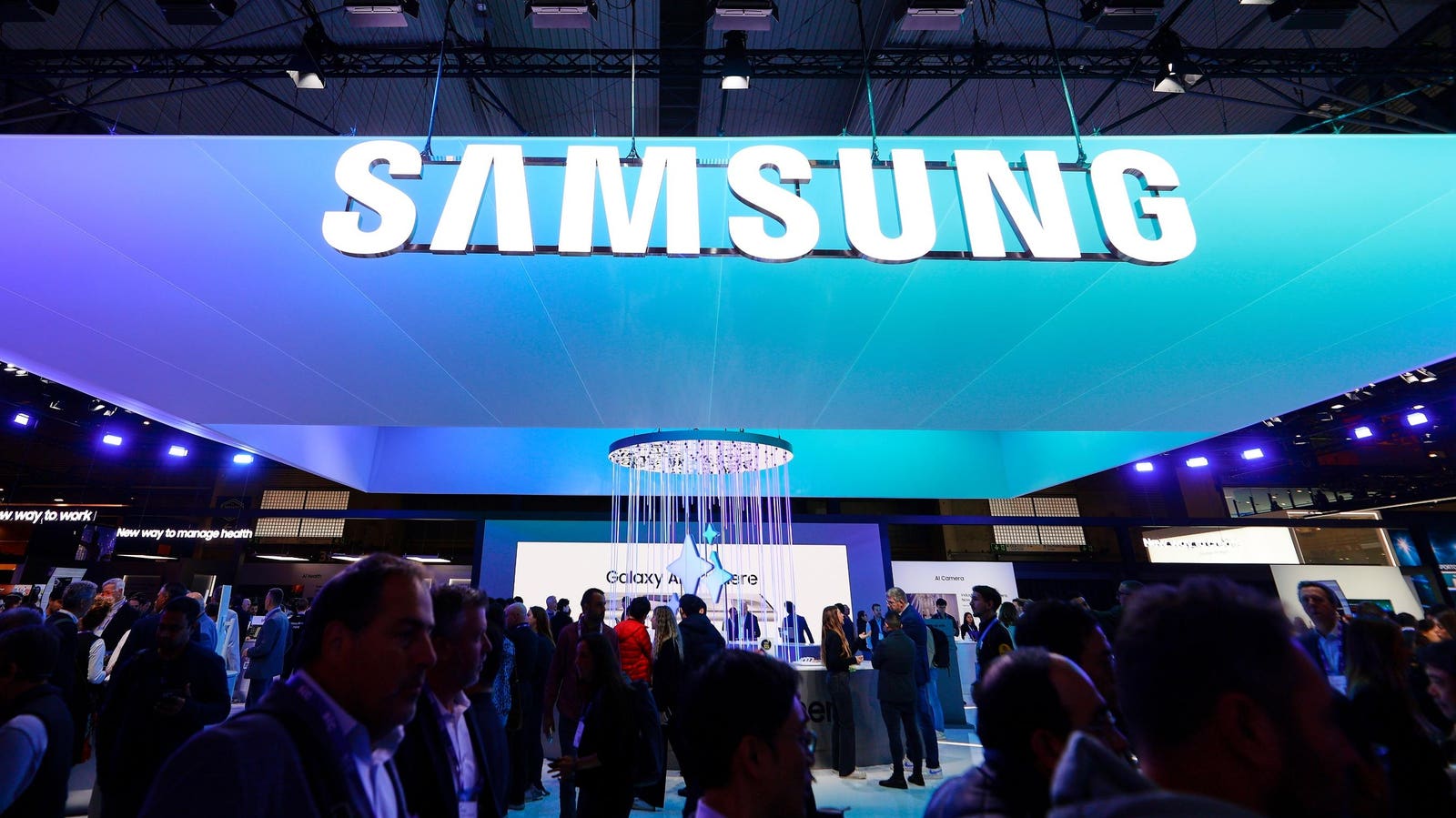Shekar Natarajan is the founder and CEO of Orchestro.AI.
AI can finish your sentence, write a poem or outline your keynote address. But in logistics, we don’t need AI to write a sonnet. We need it to get a shipment from point A to point B, while considering all the stops in between. That’s the difference between a general-purpose large language model (LLM) and a vertical one.
General-purpose models like ChatGPT and Claude are trained on the entire internet, including entire worlds of medicine, law, art history, literature, social media and cat memes. They’re designed to sound smart across a wide range of topics. But sounding smart isn’t the same as doing something well. If you need real-world accuracy—like routing shipments or spotting billing errors—a specialized AI trained just for that job will perform better.
For us data science nerds, Bayes’ Theorem is a core principle—it’s the mathematical way to update our understanding as new evidence comes in. General-purpose AI doesn’t know if you’re asking about Shakespeare, sales tax, or a missing package, so it spends extra effort just figuring out the context before attempting an answer. It’s like starting with a wide range of possibilities and narrowing them down on the fly. But if the AI already knows the domain—say, logistics—it begins with more relevant assumptions. That means it can zero in on the right answer faster, more accurately, and with less computational overhead.
The future of AI won’t be determined by how eloquently a model can write a poem or report. It will be measured by how effectively it can resolve a business problem. In shipping, we need AI to find a missed delivery, reroute a parcel or trigger a refund without human escalation. That’s where vertical LLMs shine.
General LLMs Are Lost In The Wilderness
Most general LLMs were trained to model language. But logistics is about action. Work, not words. Vertical LLMs are about moving from language modeling to action modeling. Not “what should I say next?” but “what should I do next?”
AI will never tell you, “I don’t know.” Instead, general LLMs hallucinate. In logistics, hallucinations cost money. The global logistics industry is worth more than $11 trillion, but more than $1.4 trillion is lost annually due to inefficiencies and orchestration failures.
When you ask a general LLM to track a package or interpret a service-level agreement, for example, it might come up with something convincing. But because it lacks grounding in domain-specific contracts, carrier obligations, exception paths or refund rules, it can’t get specific enough to be actionable. It doesn’t know that “next-day air AM” has a 9:30 a.m. delivery guarantee or that snow in Memphis invalidates that refund. It’s trying to answer your question with a bag of probabilistic guesses, not operational understanding.
Vertical LLMs See The Forest For The Trees
A logistics-specific vertical model is built differently. It’s trained only on logistics: service guides, shipping rules, carrier contracts, order data, weather overlays, traffic patterns and cost matrices. It knows that a 1Z number is a UPS tracking ID. It understands that “Zone 2, two-pound FedEx parcel” isn’t just text, it’s a billing line, a transit estimate and a customer expectation.
This is why our logistics-native LLM can answer a question like, “What’s the shipping cost for a 2-lb package from NY to Atlanta using FedEx Priority Overnight?” in milliseconds, with 100% traceability back to the source document. A general LLM, by contrast, takes several prompts and might still get it wrong.
Why? Because the vertical model starts with the right context. In probability terms, we’re reducing entropy, cutting through noise and narrowing the decision space before the question is even fully asked.
General models excel at creating content in the digital world. But the real world of logistics, energy and manufacturing, for example, is much messier. It’s fragmented. The data is scattered, the definitions are inconsistent and the actions often occur outside of four walls.
A warehouse in Nairobi doesn’t talk to a customs broker in New Jersey, for example. The same delivery service might be called “Priority Overnight” by one vendor and “Sunrise Service” by another. There’s no universal language—only tribal dialects.
To solve this, vertical models must:
• Create a semantic layer that understands how people say things, normalizing inconsistent terms.
• Build context-aware workflows that understand how people do things, including local customs and operational quirks.
• Inject real-world constraints like weather exceptions, carrier blackouts and facility closures.
• Incorporate feedback loops so the model keeps learning what’s useful—and what’s not.
Let’s say a customer messages: “Where’s my package?” Our vertical model takes the tracking number, identifies the carrier, checks service-level guarantees, overlays weather and traffic, interprets delay codes, flags a missed SLA and automatically initiates a refund and re-ship, all while notifying the warehouse and updating the customer.
This isn’t just a chatbot. It’s a multi-agent reasoning engine that can act across internal teams and external partners. It recognizes issues and resolves them instantly.
Precision Is Power And Equity
There’s also an equity dimension. Big companies can afford massive control towers and armies of operations staff. Smaller players can’t. A vertical LLM levels that playing field. It turns tribal knowledge into shared intelligence. It gives any company the power to act with precision, regardless of size.
The AI community often chases size: more data, more compute, more parameters. But more isn’t always better. Especially if your model doesn’t know what it’s supposed to be doing.
The next great leap in AI won’t come from another trillion-parameter model. It will come from domain-native intelligence, from AIs that don’t just finish your thought—but finish your work.
Because at the end of the day, nobody in logistics cares how smart your model sounds. They just want their shipment to arrive on time.
Forbes Technology Council is an invitation-only community for world-class CIOs, CTOs and technology executives. Do I qualify?








